Currently browsing… RIO Products
-
Fasten, buckle and clear
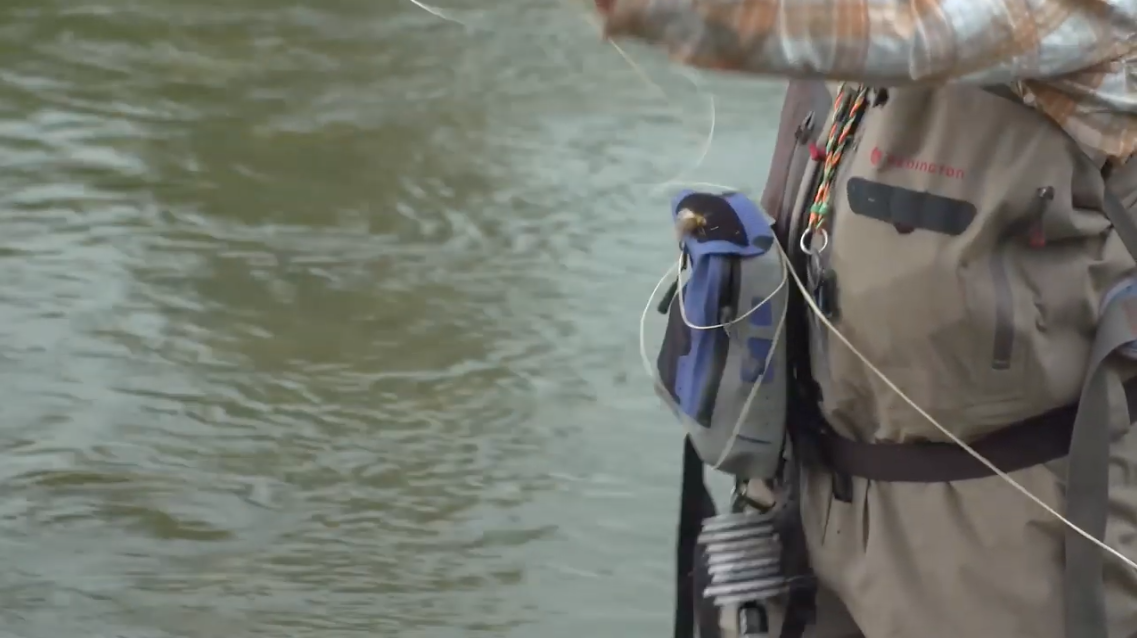
As fly fishers, most of us are gear junkies. We like the latest gadgets and we like to use things like sling packs, hip packs, chest packs ... whatever it takes to bring everything we need (or think we need) to the water. But all that gear can get in the way. It can get…
-
Casting into the wind
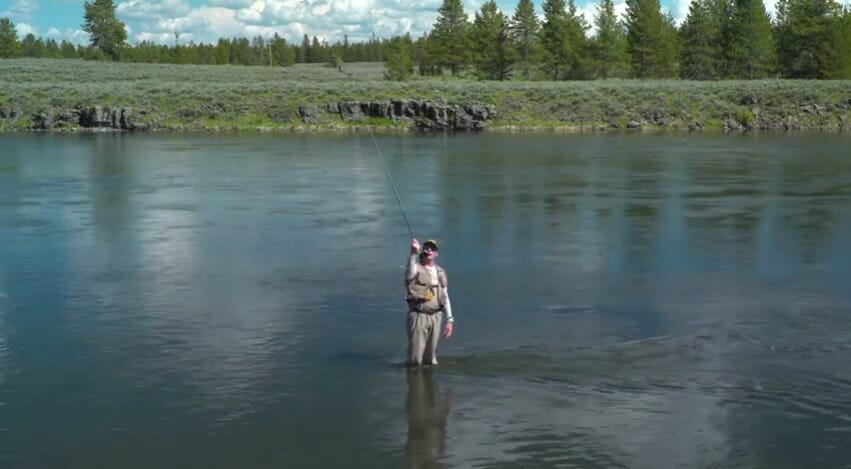
[et_pb_section admin_label="section"] [et_pb_row admin_label="row"] [et_pb_column type="4_4"][et_pb_text admin_label="Text"] The wind is considered by many to be among the biggest challenges fly fishers face on a consistent basis. And, to some extent, that's entirely accurate. A strong headwind can turn an otherwise perfect day on the water into something significantly less enjoyable. https://www.youtube.com/watch?v=OsHkGduGeqk Simon Gawesworth of RIO…
-
Twist the fly when tightening
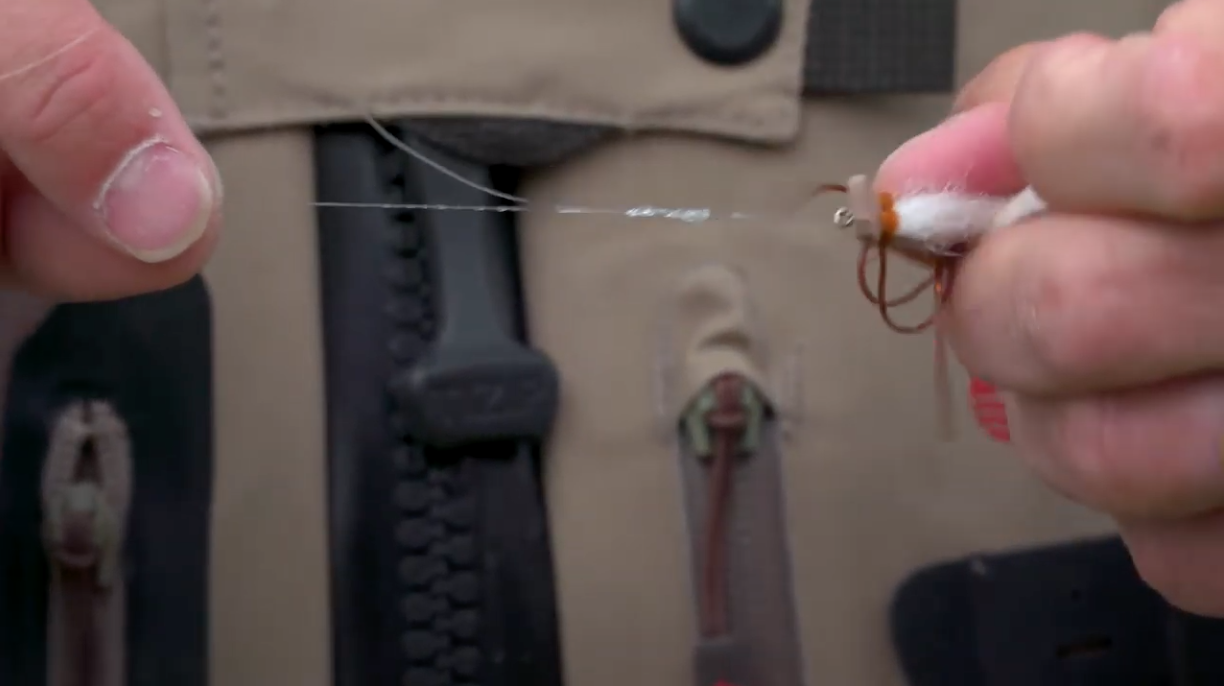
As anglers, we naturally spend more time thinking about the big stuff—where the fish might be and what flies they might be after—than we do about what makes the big stuff so rewarding. You know ... like ensuring our equipment is in good shape, our knots are solid and our hooks are sharp. https://youtu.be/GDfzCzWwp8U Above,…
-
The downstream mend
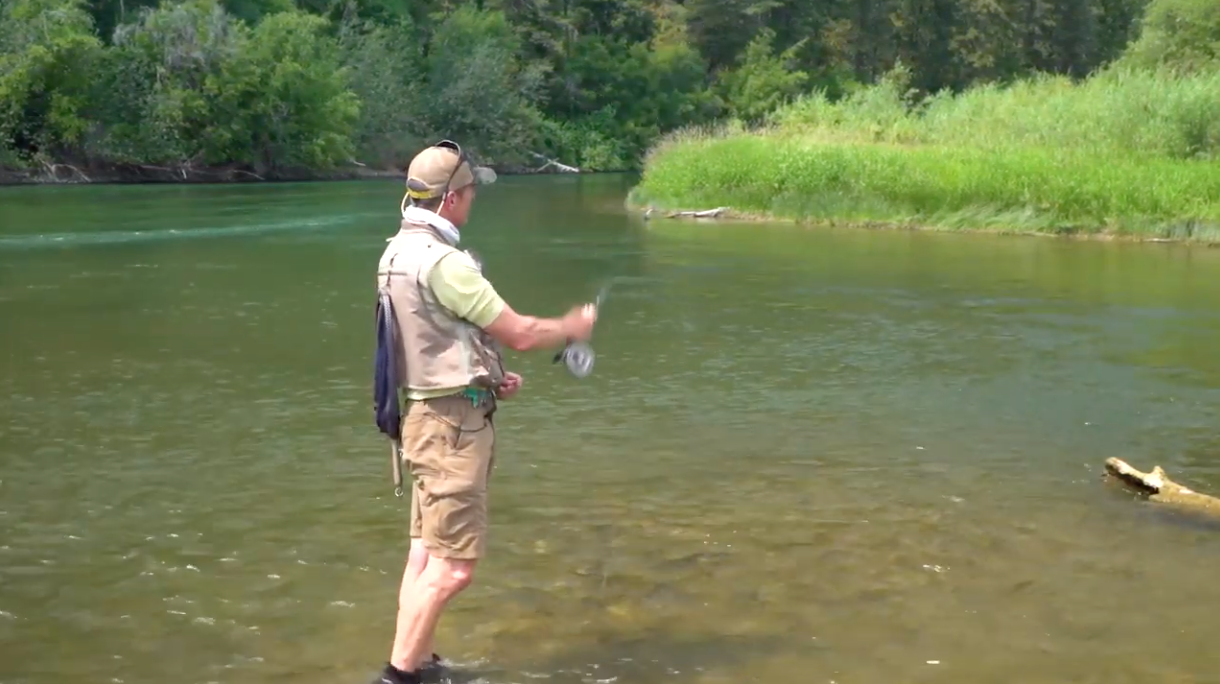
Many of us, particularly those who walk and wade with a fly rod in hand, incorporate the upstream mend in order to get a better, longer drift when we're nymphing or floating a dry fly through fishy water. But for anglers who are swinging streamers or soft-hackles, the downstream mend needs to be a part…
-
Finding the perfect soft-hackle water
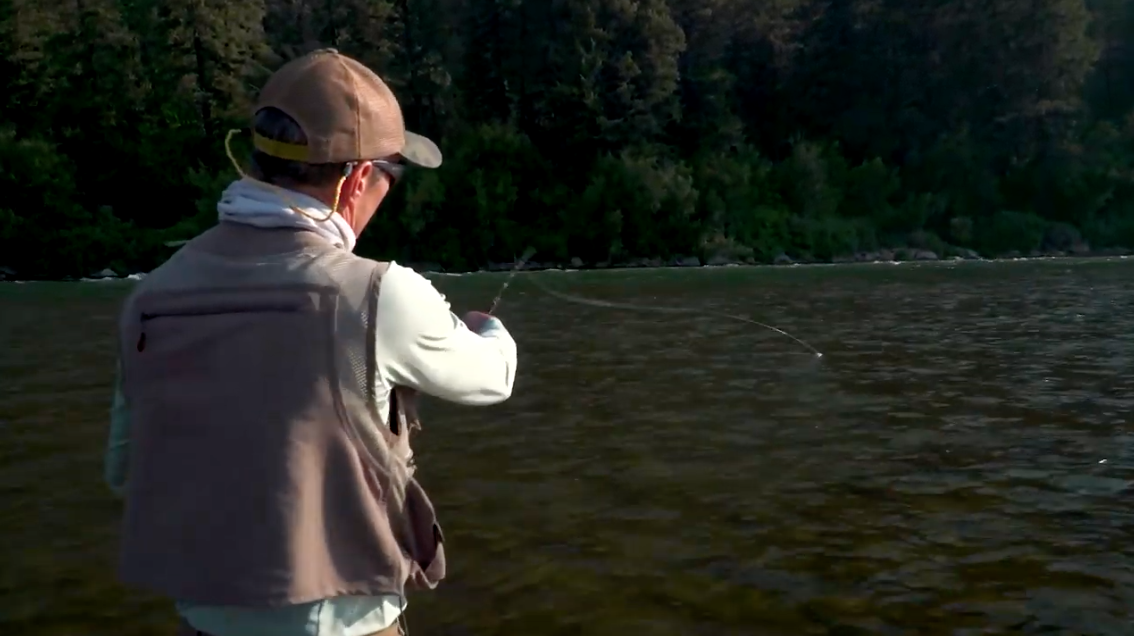
I love to swing soft-hackle flies. It's one of the best fishing methods I know for trout in steadily moving water with a generally constant depth. Below, RIO Products Brand Manager Simon Gawesworth shows you what kind of water you'll be looking for when you're out to swing soft-hackles, and he'll give you some gear…
-
Using different fly floatants
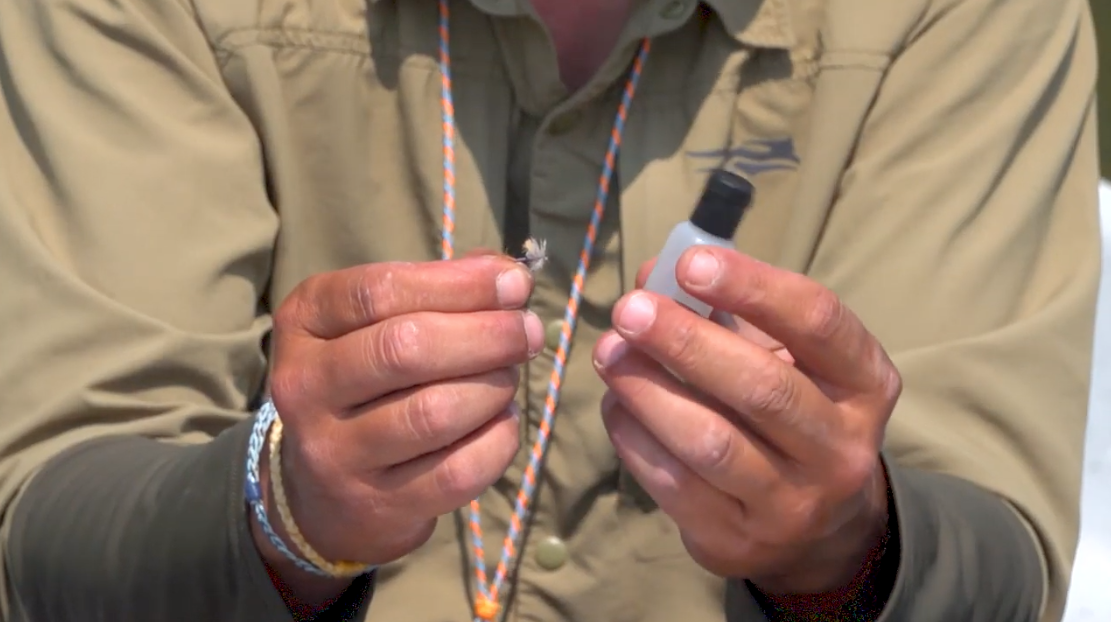
Not all fly floatants are created equally. What's more, not all fly floatants are appropriate for universal use on the water. For instance, CDC flies will do better if the angler applies a silicon-based floatant rather than a gel floatant. Bigger flies might require a liquid floatant that can get down into the hairs used…
-
How to Read a River
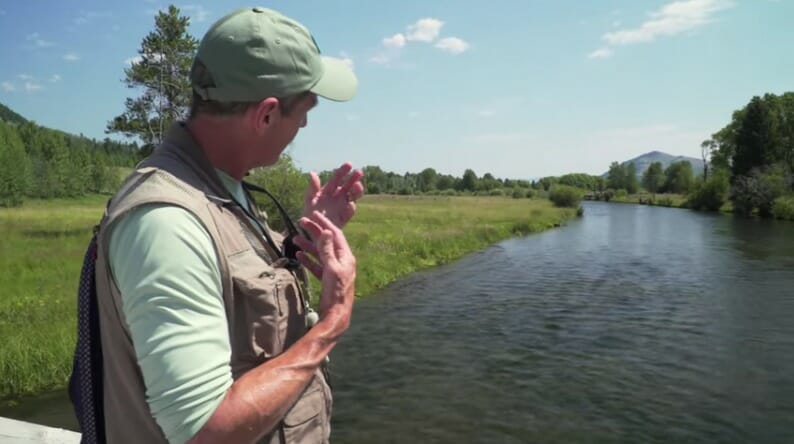
Reading the water is an acquired skill. It's an ability that's honed over time, and one that takes into account not only a river's physical characteristics, but how certain stretches might fish at certain times of the year ... or even certain times of the day. https://www.youtube.com/watch?v=DcBIq5gWfjE Above, RIO's Simon Gawesworth helps shorten the learning…

